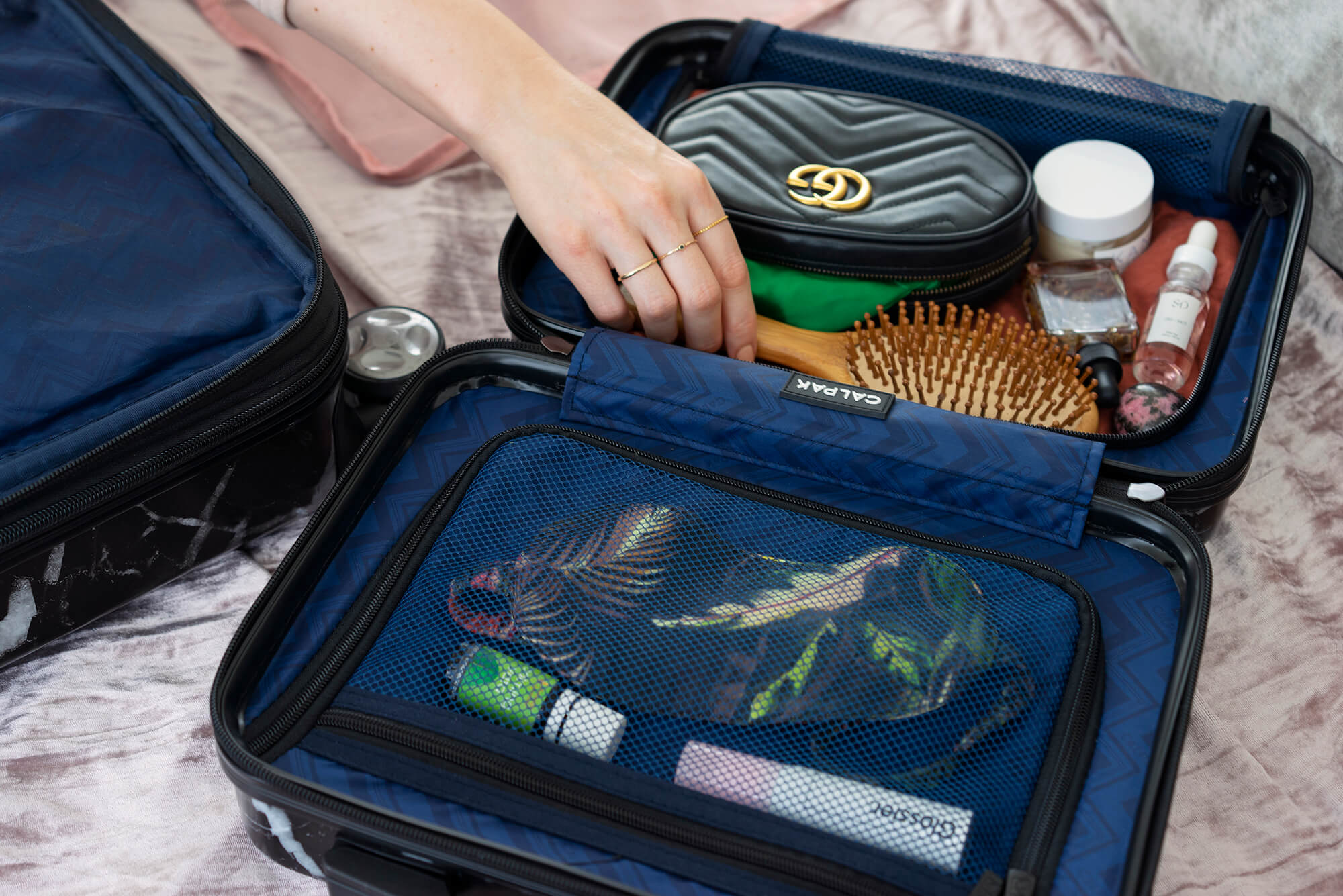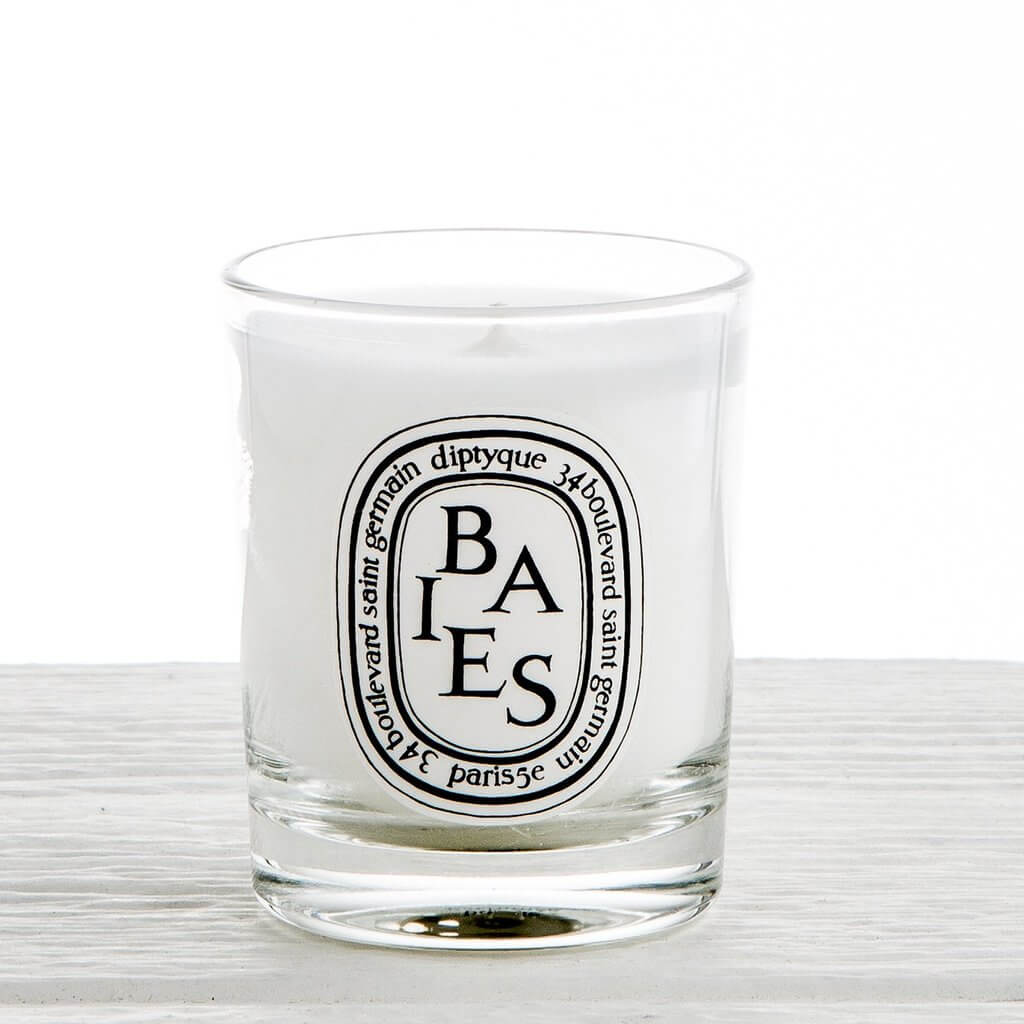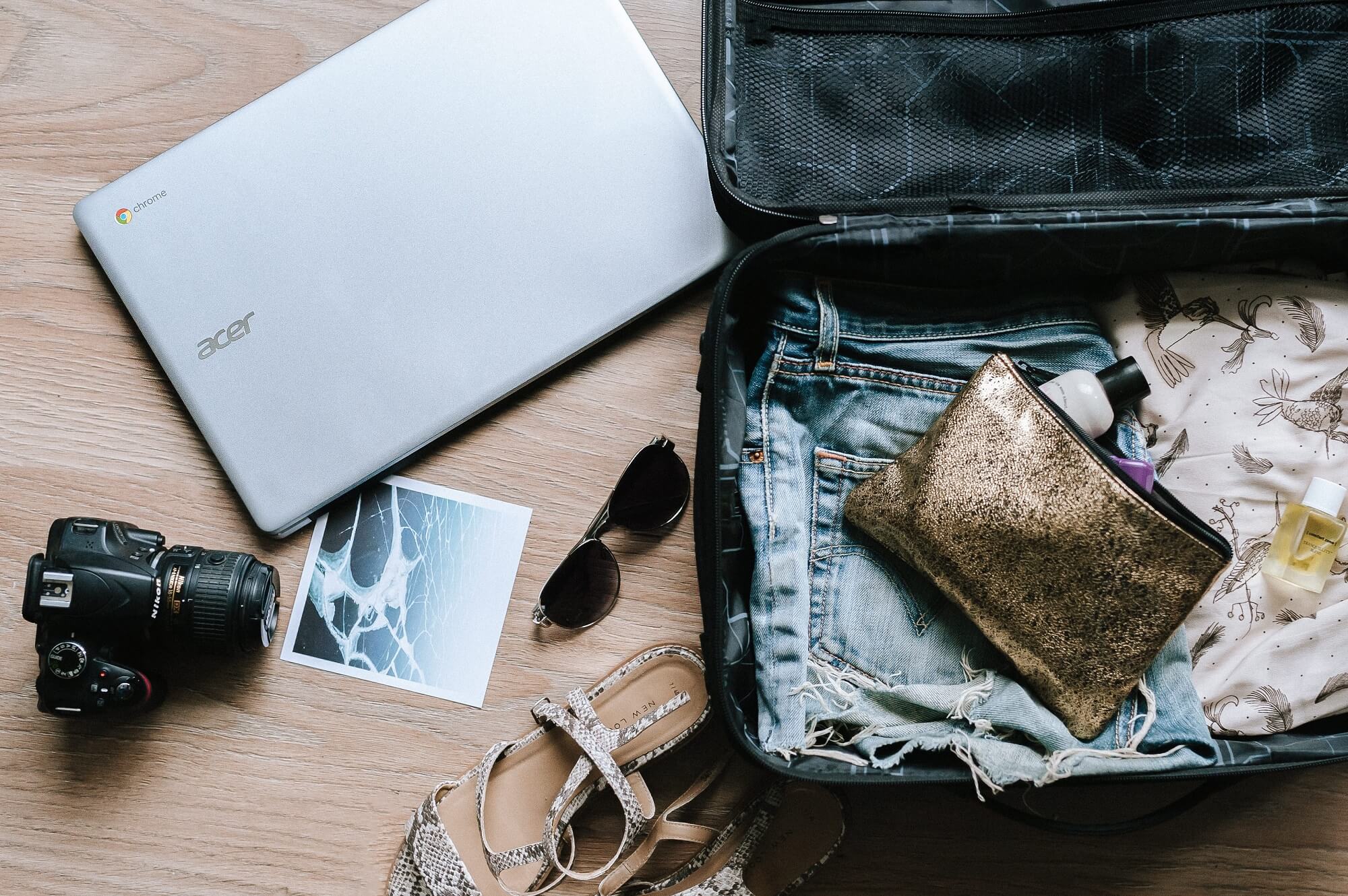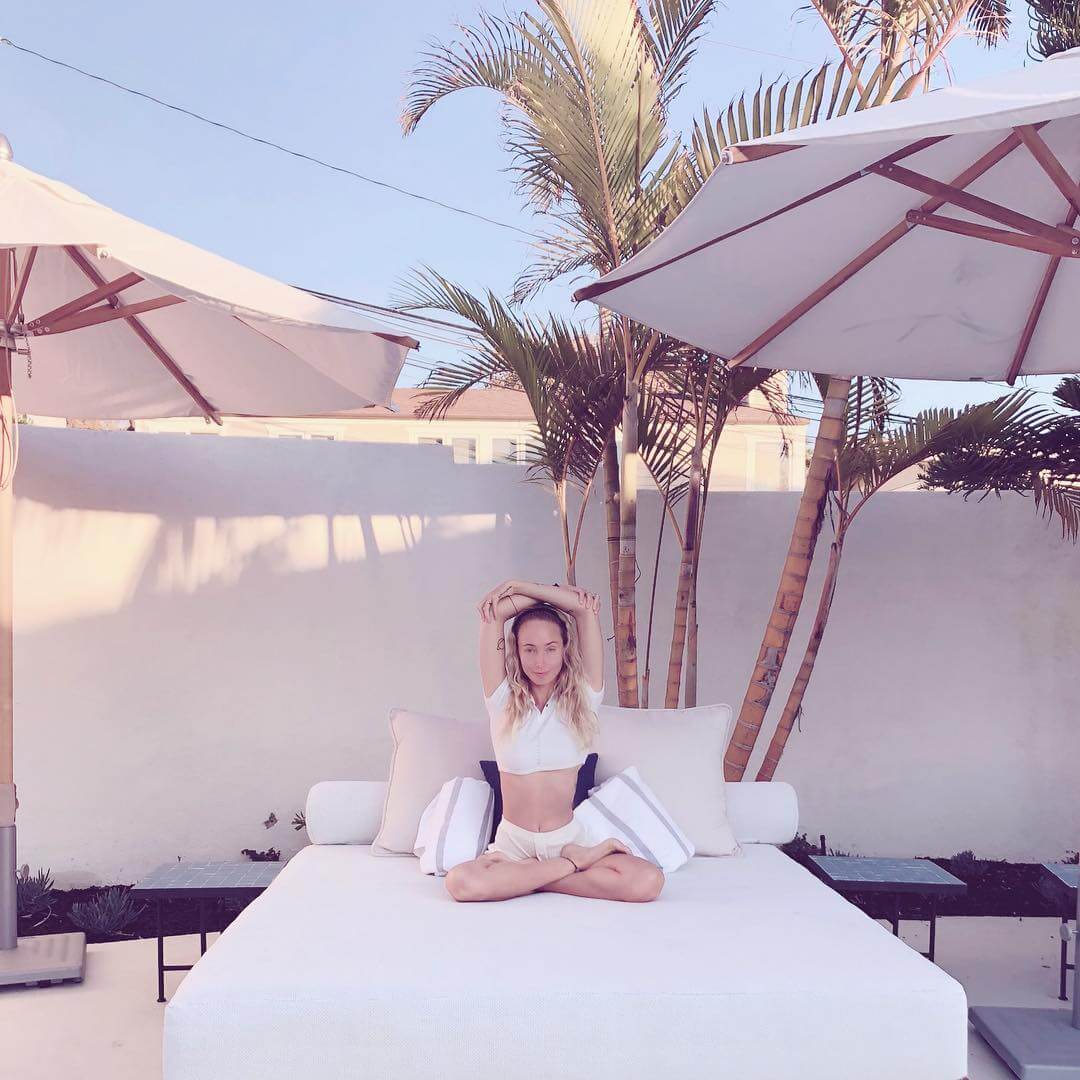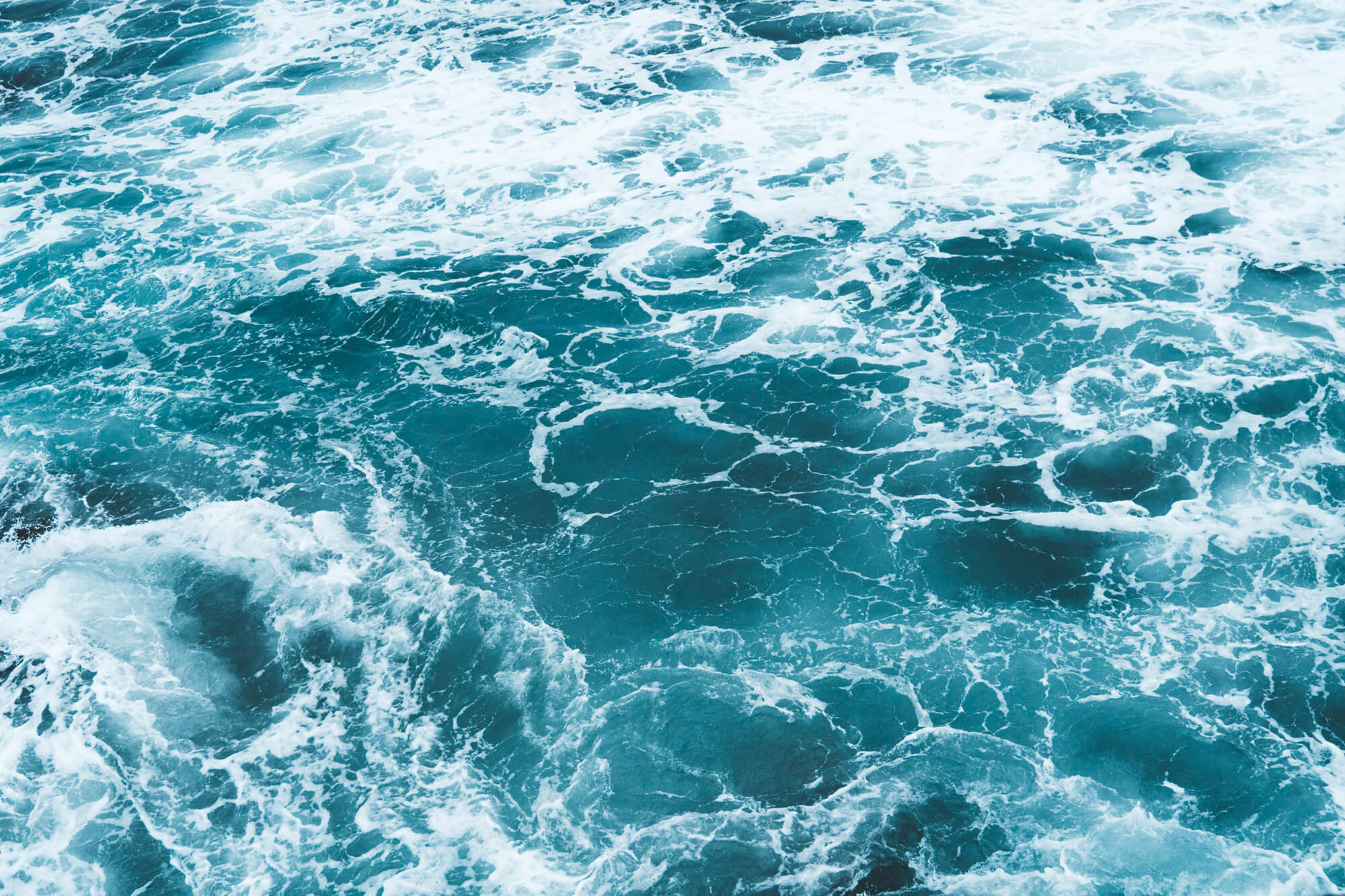
The best reef-safe sunscreens to pack this summer
Yes, our SPF is hurting some of the dreamiest destinations in the world.
Under the sea, vibrant, diverse ecosystems used to flourish. But today, coral reefs, also known as “rainforests of the sea,” are at risk. Whether on the shore or inland, consumerism—from plastic waste to chemical sunscreens—is harming ocean health. But could there be blue skies ahead for our blue waters? Maybe, but that depends on us.
“People are waking up and recognizing that our lifestyles are having such a significant impact on the ocean that we can’t ignore it anymore,” says Vicki Nichols Goldstein, founder and executive director of the Inland Ocean Coalition and Colorado Ocean Coalition. “No matter where we live, if we can recognize our impact and that there are solutions, we have a chance to turn things around.”
The sunscreen dilemma
Sunscreen is necessary to protect our skin. On hundreds of beaches across the world, eager tourists slather on sunscreen before jumping into turquoise waters; meanwhile, sunscreens applied in landlocked states can end up in rivers and streams, ultimately making their way to the sea. “Nearly everyone travels—and even if you don’t, having sunscreen on your body or urinating it out is impacting your local waterway, which eventually ends up in the oceans,” says Goldstein.
Approximately 14,000 tons of sunscreen, most of which is chemical sunscreen, enter waters around coral reefs each year.
An unfortunate result is that approximately 14,000 tons of sunscreen, most of which is chemical sunscreen, enter waters around coral reefs each year, according to nonprofit research organization Haereticus Environmental Laboratory. Noticing declines in reefs since the 1980s (the Caribbean, for example, has lost at least 80 percent of its living reefs), the laboratory has spearheaded research to pinpoint the cause of these reef declines—and understand how to counteract them. What it’s finding is that one of the main culprits is oxybenzone, the primary chemical used in conventional sunscreens and which is found especially in many spray-on versions.
“The use of oxybenzone-containing products needs to be seriously deliberated in islands and areas where coral reef conservation is a critical issue,” says Craig Downs, PhD, executive director of the environmental lab Haereticus. “Any small effort to reduce oxybenzone pollution could mean that a coral reef survives a long, hot summer or that a degraded area recovers.” Not surprisingly, oxybenzone is the same ingredient that has been under fire by the Environmental Working Group for its potential health risks, including allergies, immunotoxicity and endocrine disruption.
Reef-safe protection
Goldstein works with mineral sunscreen companies, such as Goddess Garden Organics, to raise awareness about the issue of ocean-harming sunscreens and believes that consumer awareness, coupled with research and conscious business, could create sea change for reefs.
For both the environmental and health reasons, more sunscreen manufacturers are turning to mineral alternative zinc oxide to replace common chemicals. And although you may see “Reef Safe” or “Reef Friendly” claims on labels, the terms are not regulated, making label-reading a must.
“Any small effort to reduce oxybenzone pollution could mean that a coral reef survives a long, hot summer or that a degraded area recovers.”
“Look on the back of your sunscreen container at the ingredients and consider saying ‘no’ to chemical-based sunscreens made of the ‘toxic eight,'” says All Good CEO Caroline Duell. Confused by all these -ones and -ates? Seeking out sunscreen labeled “oxybenzone-free” is a good place to start, suggests Goldstein.
Companies including All Good, Goddess Garden and Raw Elements are among the mineral sunscreen crusaders committed to developing sunscreens that are safe for both oceans and you. That requires formulations that use non-nano zinc oxide and other skin-nourishing, plant-based ingredients. “Non-nanoparticle zinc oxide offers the most effective UVA/ UVB broad-spectrum sun protection in the world, and as a coral reef–safe ingredient, is the best choice for your skin and the ocean’s ecosystem,” says Duell.
Another plus: Mineral sunscreen companies are also working hard to make sure the zinc doesn’t go on thick and gloppy (no white streaks!), by blending other ocean-safe botanical ingredients to create smoother, easier-to-apply products.
The toxic eight ingredients to avoid in sunscreen:
- oxybenzone
- octinoxate
- octocrylene
- aminobenzoic acid
- enzacamene
- octisalate
- homosalate
- avobenzone
Travel responsibly
As brands bring better alternatives to the market, various resorts, tourism companies, and other groups catering to vacationers are also supporting biodegradable sunscreen brands and distributing coral-safe options. Hawaii is leading the way: The state passed legislation banning sunscreens that threaten reefs (set to go into effect on January 1, 2021), and Hawaiian Airlines has partnered with mineral sunscreen manufacturer Raw Elements to make safer alternatives readily available to travelers.
As Avi Mannis, senior vice president of marketing at Hawaiian Airlines, explains, “Hawaii is a very special place, and we believe it is our kuleana—or responsibility—to care for our home.”
And they’re not alone; Key West passed a similar ban (also going into effect in 2020) Wherever you’re traveling this summer, reducing the human impact on these delicate ecosystems is (literally) in your hands.
Here are seven reef-safe sunscreens worth packing on your next trip:
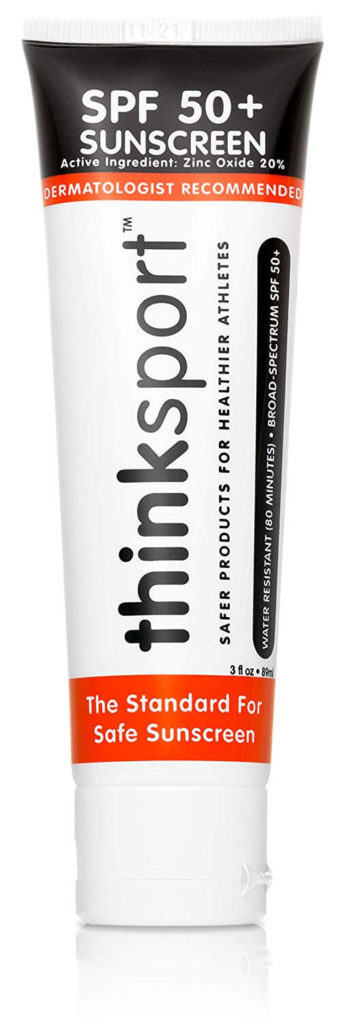
Thinksport SPF 50+ Sunscreen, $12.27
It’s got a perfect EWG score and smells like a creamsicle.
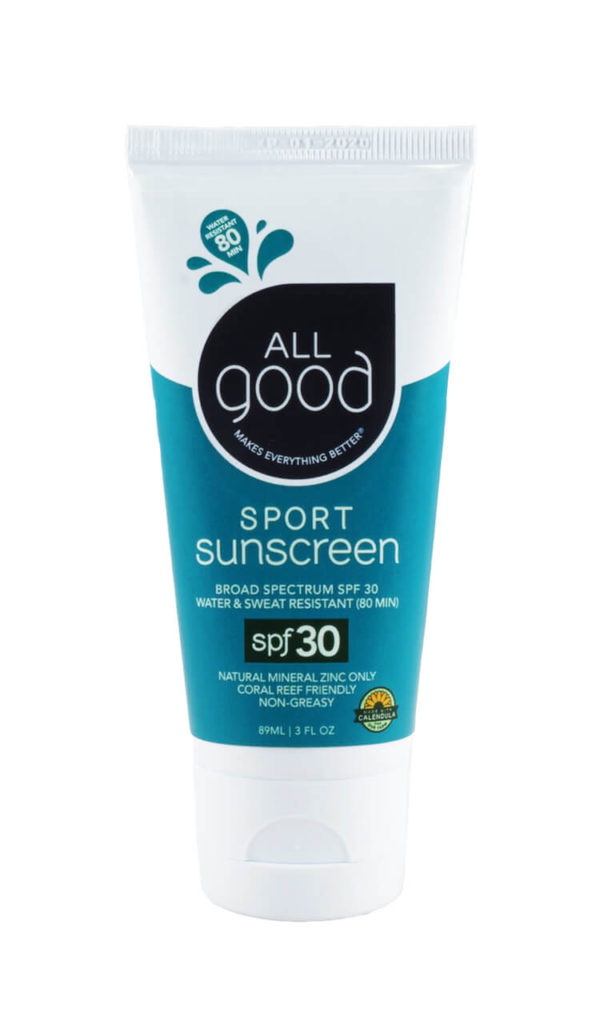
All Good SPF 30 Sport Sunscreen, $12.89
It comes in a handy, TSA-friendly 3-ounce bottle. Pro tip: To avoid streaks, apply your moisturizer first.
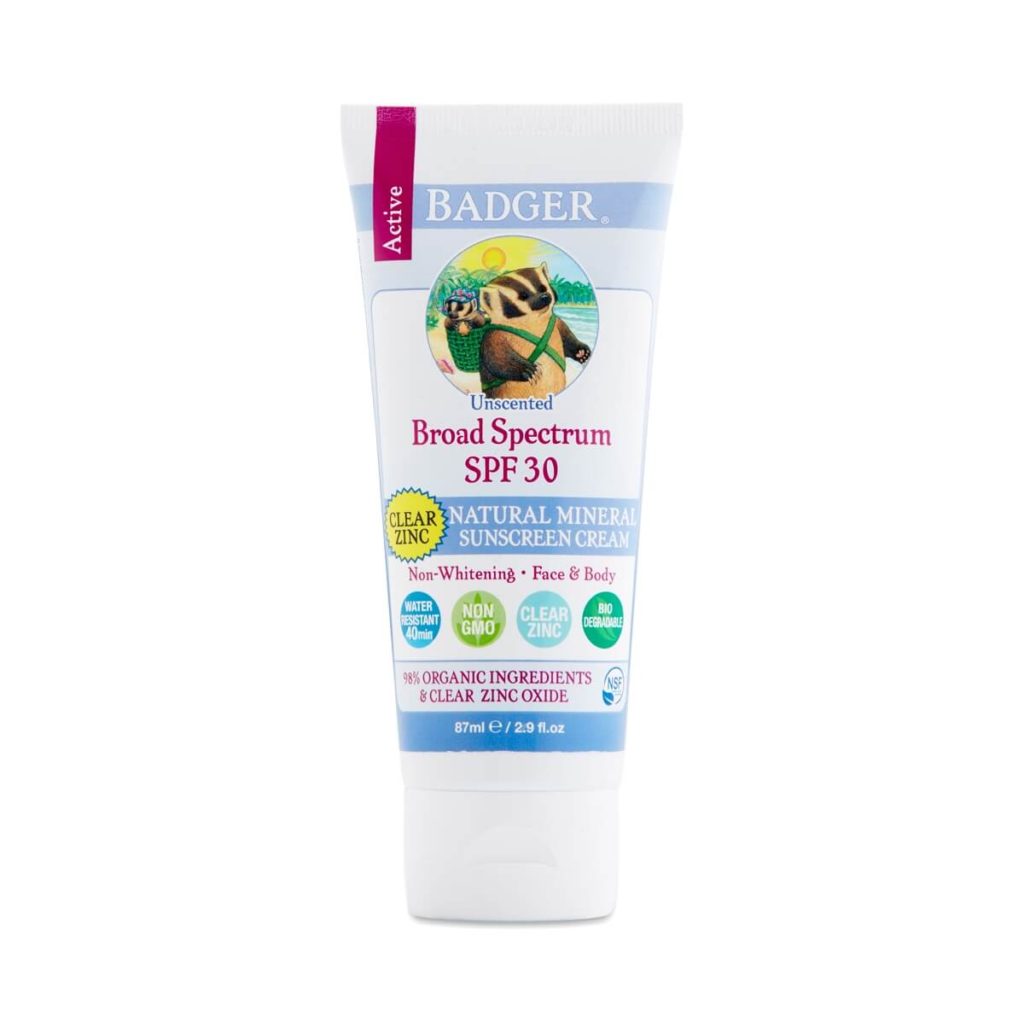
Badger SPF 30 Clear Zinc Sunscreen, $14.87
We heart the fact that Badger’s a certified B Corp (in addition to caring about reef safety, natch).
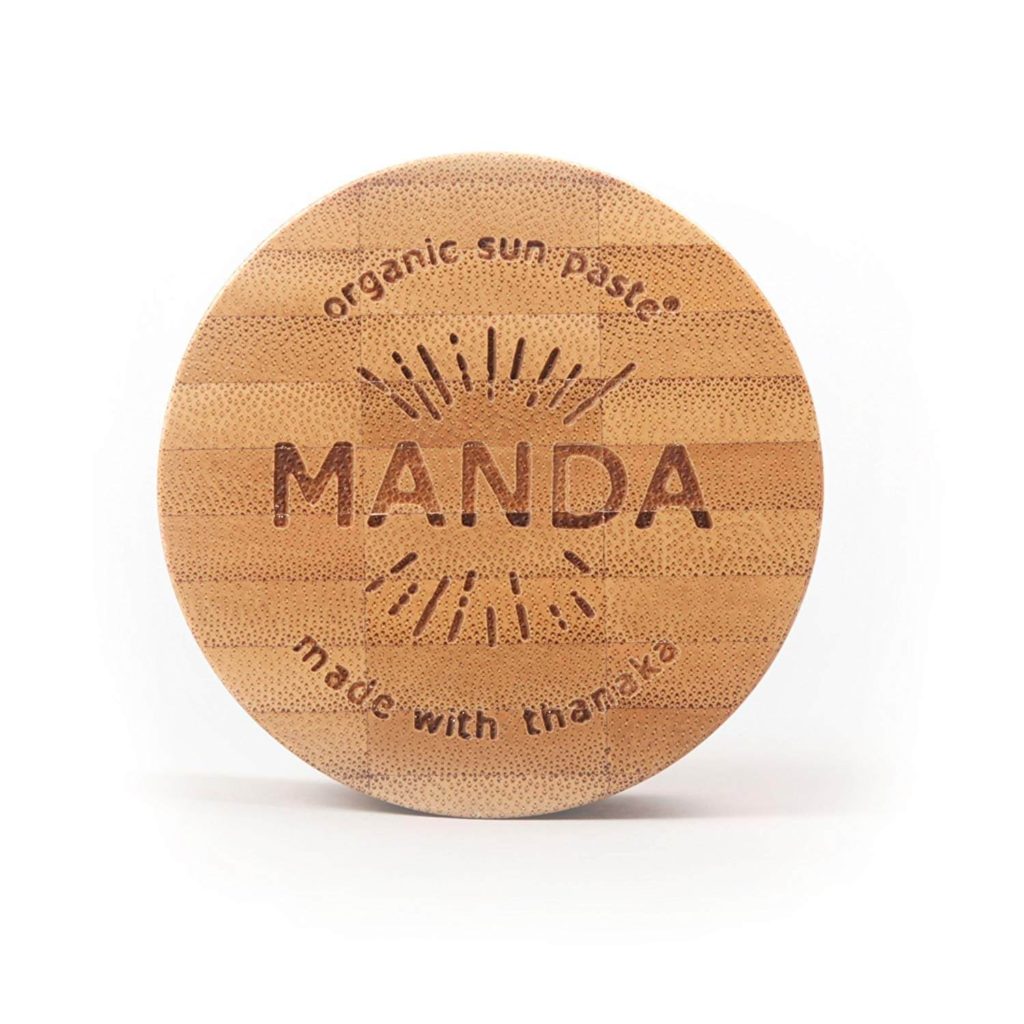
Manda SPF 50 Sun Paste, $18
This thick paste is for surfers, SUPers, divers, or anyone else spending a lot of time in the water who doesn’t want to have to re-apply every 20 minutes.
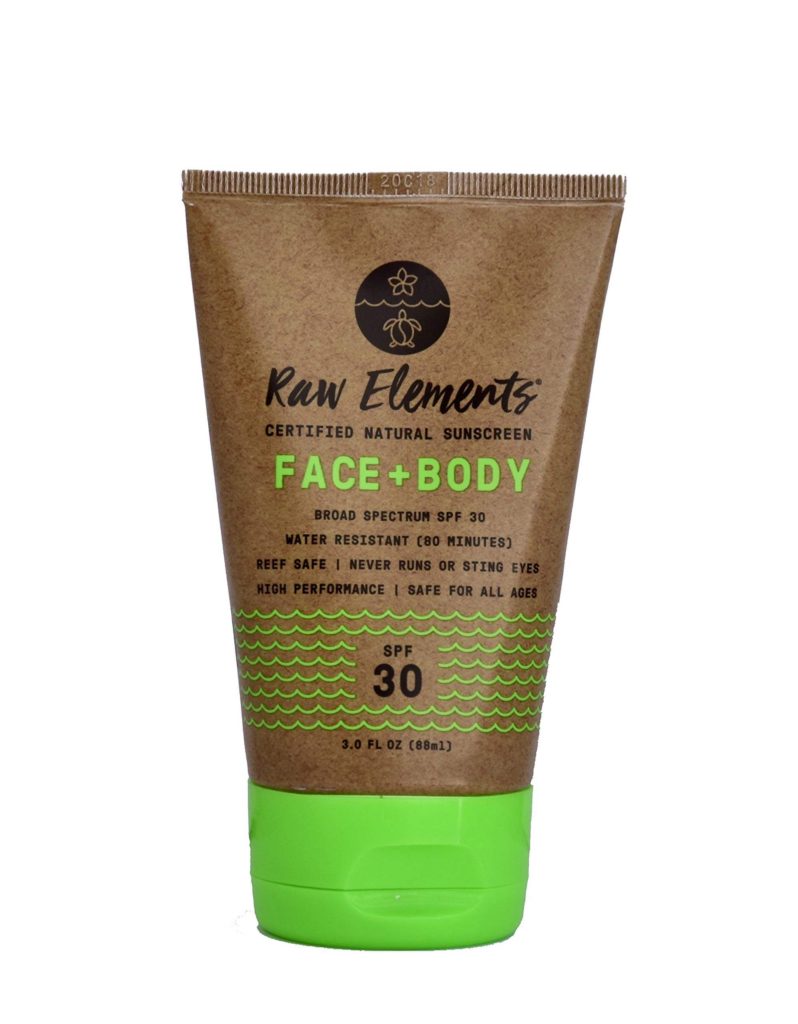
Raw Elements SPF 30 Sunscreen, $17.49
Biodegradable? Check. Reef safe? Check. Water-resistant for up to 80 minutes? Check and check.
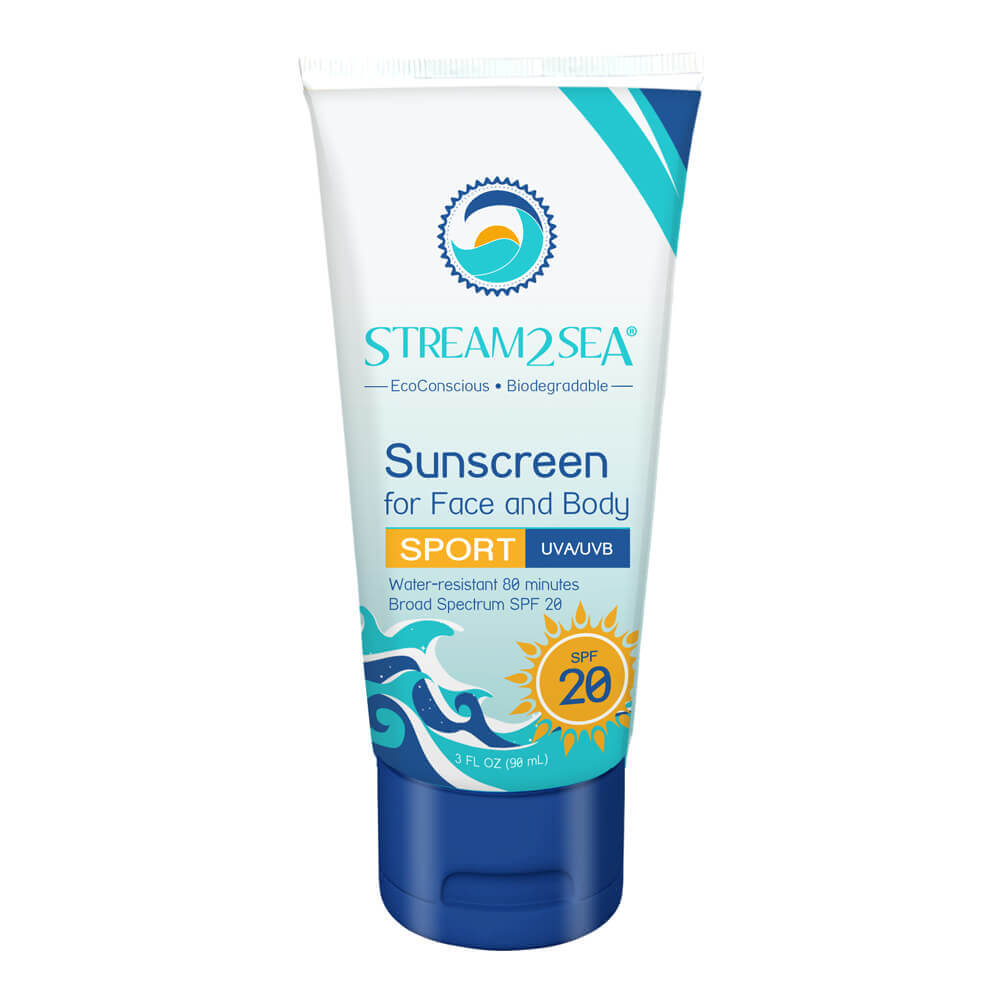
Stream2Sea SPF 30 Sport Sunscreen, $16.95
Antioxidant alert: This formula is packed with green tea, tulsi, wakame, and olive leaf.
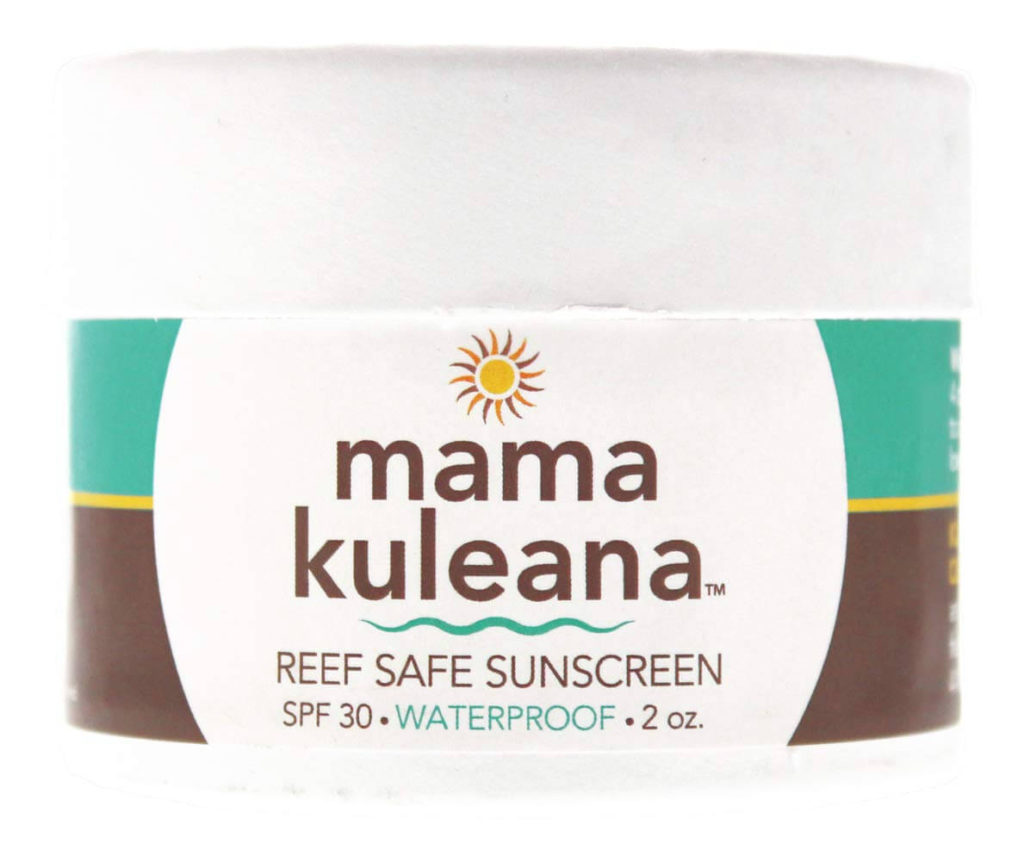
Mama Kuleana SPF 30 Sunscreen, $18
There’s lots to love about this Maui-based brand, but our fave just might be the fact that the packaging is totally biodegradable, too.
Portions of this post were provided by New Hope Network. The Glassy is a member of the New Hope Influencer Co-op, a network of health and wellness bloggers committed to spreading more health to more people.

